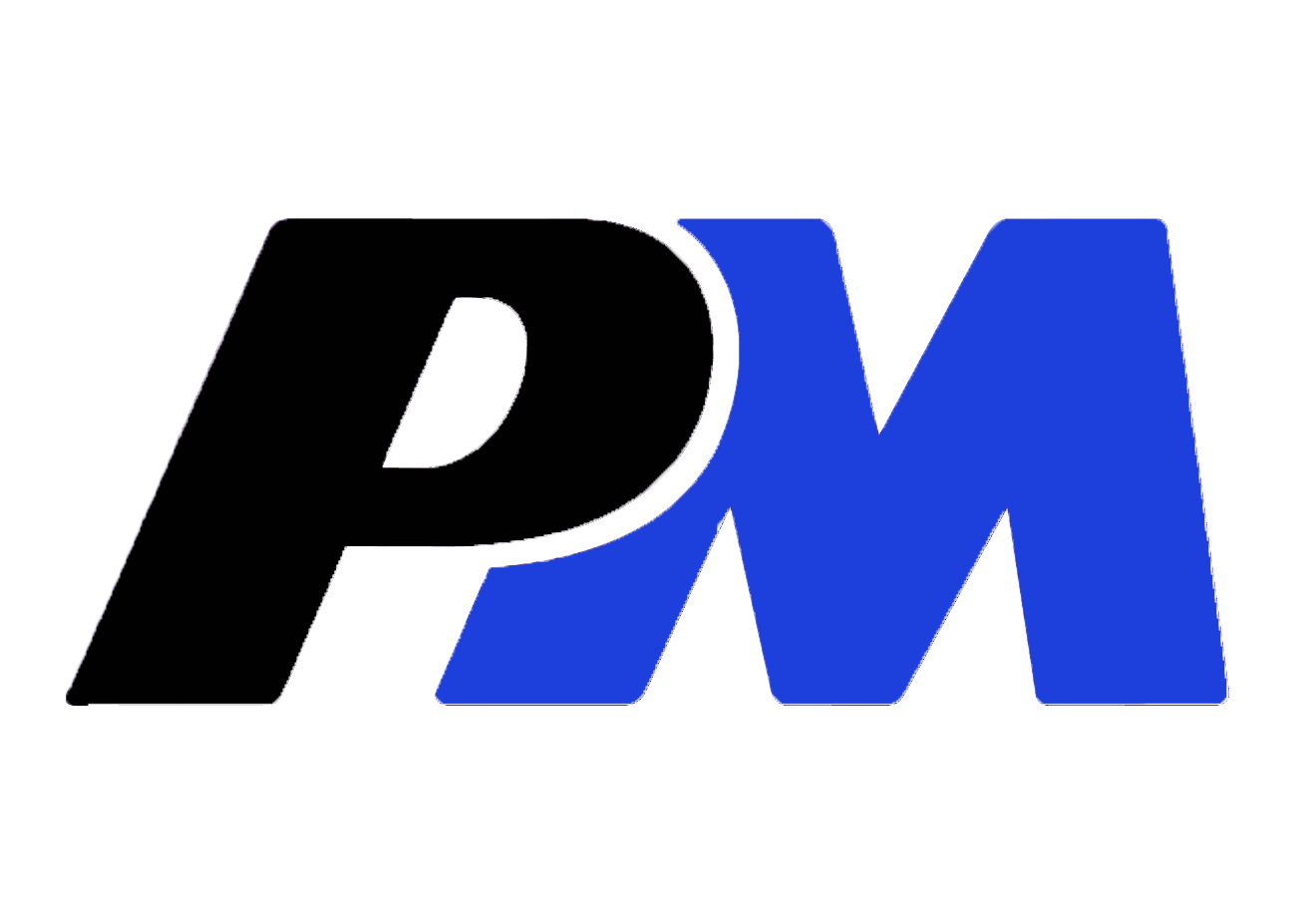23:31 Sponsors | |
Particularly, project management life cycle consists of several stages which are initiation, planning, execution, monitoring/control and closure. None of them is more significant compared to the rest and each step plays a great role in getting the desired result. In the initiation step, an At previous papers we have seen what project and project management are and what is project management life cycle and its phases. In this paper I would like to focus more on human factor in project management and clarify one of its stake holders. Stakeholders have varying levels of responsibility and authority when participating on a project. This level can change over the course of the project’s life cycle. Their involvement may range from occasional contributions in surveys and focus groups to full project sponsorship which includes providing financial, political, or other support. Some stakeholders may also detract from the success of the project, either passively or actively. Stakeholder identification is a continuous process throughout the entire project life cycle. Identifying stakeholders, understanding their relative degree of influence on a project, and balancing their demands, needs, and expectations are critical to the success of the project. Failure to do so can lead to delays, cost increases, unexpected issues, and other negative consequences including project cancellation. The following are some examples of project stakeholders Sponsor customers and users Sellers Business partners Functional managers .But I would like to talk more about project sponsor. According to PMbook A sponsor is the person or group who provides resources and support for the project and is accountable for enabling success. The sponsor may be external or internal to the project manager’s organization. From initial conception through project closure, the sponsor promotes the project. This includes serving as spokesperson to higher levels of management to gather support throughout the organization and promoting the benefits the project brings. The sponsor leads the project through the initiating processes until formally authorized, and plays a significant role in the development of the initial scope and charter. For issues that are beyond the control of the project manager, the sponsor serves as an escalation path. But an engaged executive sponsor— with a vested business interest in the project from kickoff to close—can mean the difference between success and failure. Indeed, one of the most common reasons why projects fall short is a lack of executive sponsorship and management buy-in, according to the KPMG New Zealand Project Management Survey 2010.In addition PMI’s 2010 Government Program Management Study found that 81 percent of program managers at U.S. government agencies said that strong support from at least one executive-level sponsor had a high impact on project success. According to Diego Nei, project portfolio manager at CEACRE, a not-for-profit institution in Salvador, Brazil, the sponsor‟s key responsibilities include: Providing clear direction for the project and how it links with the organization‟s overall strategy Securing project resources Ensuring the project is on time, on budget and on scope. Providing feedback on status reports and making sure they reach the necessary stakeholders Championing the project at the executive level to secure buy-in. Despite the strategic importance of the role, the KPMG survey found that 68 percent of companies do not always have an effective sponsor. says Mike Haran, PMP, PgMP, program manager at businesses services group Experian, Chicago, Illinois, USA. “Sponsors are under continuous pressure to deliver better results with fewer resources. This means that an executive’s commitment is even more important now than before. At athletic shoe company New Balance, the commitment of one executive sponsor helped keep an IT project running on track. launched a project to develop an application for in-store iPads that would make product information readily accessible. And because the app launch needed to coincide with the opening of a new retail store, the deadline was unmovable. “Overall, the project sponsor made the project easy for me to manage due to the fact that he was so involved with the morale and the accountability of the team,” Ms. Janko Prior says. References "Executive Engagement: The Role of the Sponsor." Project Management Institute retrieved from http://www.pmi.org/-/media/pmi/documents/public/pdf/business-solutions/executive-engagement.pdf A Guide to the Project Management Body of Knowledge: (PMBOK Guide). 5th ed. Newtown Square, PA: Project Management Institute, (page 31), 2013.
Although project management plays a crucial role in business development and getting competitive advantages, without clear understanding of implementation of various stages, the scary but at the same time great ideas will continue to be as ideas and part of horror movie. "The Five Steps of The Project Management Life Cycle." Brighthub Project Management. N.p., retrieved from. http://www.brighthubpm.com/monitoring-projects/1907-successfully-guide-your- projects-to-completion-with-the-pm-life-cycle/ | |
|
| |
| Total comments: 0 | |




 Projects are one of crucial factors which contributes change and improvement of world. No matter whether goal is to split the atom, introduce new Windows software, constructing one more Trump Tower at another country, or organize next Formula games, good designed project and effective management of it can turn scary ideas to the great achievements. For instance, Apple’s development of IPod or IPad tablets was just an idea or intention at the beginning, however when realizing todays success of Apple, it becomes certain that due to effective planning, control and implementation, IPod and IPad are incredibly popular products and main contributors to the firm’s profit. For this reason, nowadays big corporations have developed and committed themselves to project management as a competitive tool. Nevertheless, according to statistics software and hardware projects fail are at the rate of 65% (Pinto,J K. (2012). Project management: Achieving the Competitive Advantage (3rd ed.).Upper Saddle River, NJ: Prentice Hall.) which proves that despite being an essential part of business, without clear understanding and implementation of project management stages, firms can end up with failure. Hence, all those steps can assist any manager and his/her team to build clear vision, keep project’s objective in order to finish it on time with limited budget and minimum headaches.
Projects are one of crucial factors which contributes change and improvement of world. No matter whether goal is to split the atom, introduce new Windows software, constructing one more Trump Tower at another country, or organize next Formula games, good designed project and effective management of it can turn scary ideas to the great achievements. For instance, Apple’s development of IPod or IPad tablets was just an idea or intention at the beginning, however when realizing todays success of Apple, it becomes certain that due to effective planning, control and implementation, IPod and IPad are incredibly popular products and main contributors to the firm’s profit. For this reason, nowadays big corporations have developed and committed themselves to project management as a competitive tool. Nevertheless, according to statistics software and hardware projects fail are at the rate of 65% (Pinto,J K. (2012). Project management: Achieving the Competitive Advantage (3rd ed.).Upper Saddle River, NJ: Prentice Hall.) which proves that despite being an essential part of business, without clear understanding and implementation of project management stages, firms can end up with failure. Hence, all those steps can assist any manager and his/her team to build clear vision, keep project’s objective in order to finish it on time with limited budget and minimum headaches. 